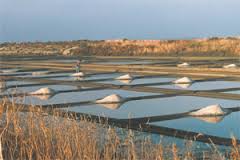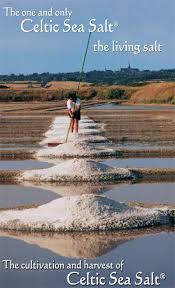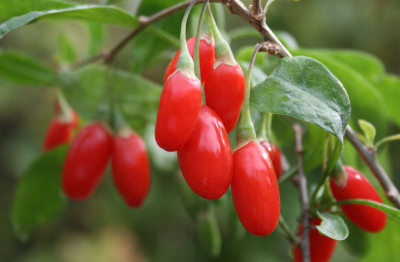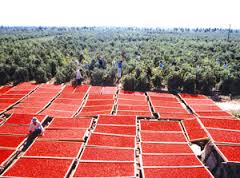These days, it’s hard to find completely raw and unpasteurized foods outside of a home kitchen. Even many of the raw vegetables that are sold at supermarkets have been treated by ionizing radiation, also known as cold pasteurization. While pasteurization is used to kill potentially harmful bacteria, the process simultaneously kills much of the nutritional value from the good bacteria in the foods.
The raw apple cider vinegar that we use in Chicaoji contains so much good, healthy bacteria that pasteurizing it would be like taking a paint roller to the Sistine Chapel. Keeping our sauce raw and unpasteurized allows our customers to enjoy the “Mother of Vinegar” from Spectrum Organics with every flavorful bite. Though the process of staying raw requires expensive and tedious USDA and WSDA approval, enhancing the flavor and health of our sauce with raw apple cider vinegar is well worth the effort.
Vinegar is an ancient health tonic and cooking ingredient that cultures around the world have incorporated into their diets for thousands of years. All vinegars have been used for their flavor and energizing properties, but apple cider vinegar has a long history of being used specifically as a medicine. The ancient Greek physician Hippocrates was known to prescribe apple cider vinegar to treat various infections, and soldiers in the American Civil War used apple cider vinegar to facilitate faster wound healing.
While apple cider vinegar is a popular folk remedy, many of its well-known health benefits have been confirmed by scientific research. In numerous studies, apple cider vinegar has been shown to stabilize blood sugar levels, kill harmful bacteria and reduce blood pressure. Apple cider vinegar is also known to reduce fatigue and provide a healthy energy boost, thanks to its potassium, enzymes and amino acids.
The natural fermentation process that is harnessed to create apple cider vinegar is a fascinating miracle of nature. When raw apple juice meets a complex of yeast and bacteria known as the “Mother of Vinegar,” the sugars are transformed into alcohol. With exposure to oxygen, the hard cider is further transformed into acetic acid, or the main ingredient in vinegar. By allowing this natural process to take place in a controlled environment, the result is a delicious, tart-tasting vinegar with numerous bioactive components.
Many people take raw apple cider vinegar with water as part of their daily health routine. Others get more creative with the tonic by adding it to salad dressings, marinades, soups and smoothies. You can incorporate raw apple cider vinegar into your diet quickly and easily by topping your meals with a little Chicaoji.
Place your order for Chicaoji HERE.
Find raw apple cider vinegar from Spectrum Organics HERE.
Author: Alia O’Connell
I want to thank Alia for composing this blog article. I very much enjoy her style of writing. She does a great job of ordering my jumbled thoughts and ideas.
Alia can help with your need for well-composed English for your blog, website content or term paper.
Contact Alia O’Connell at <aliaoconnell@nullyahoo.com>





